GRoTTO:
Generated Reality on Transformable Tangible Objects
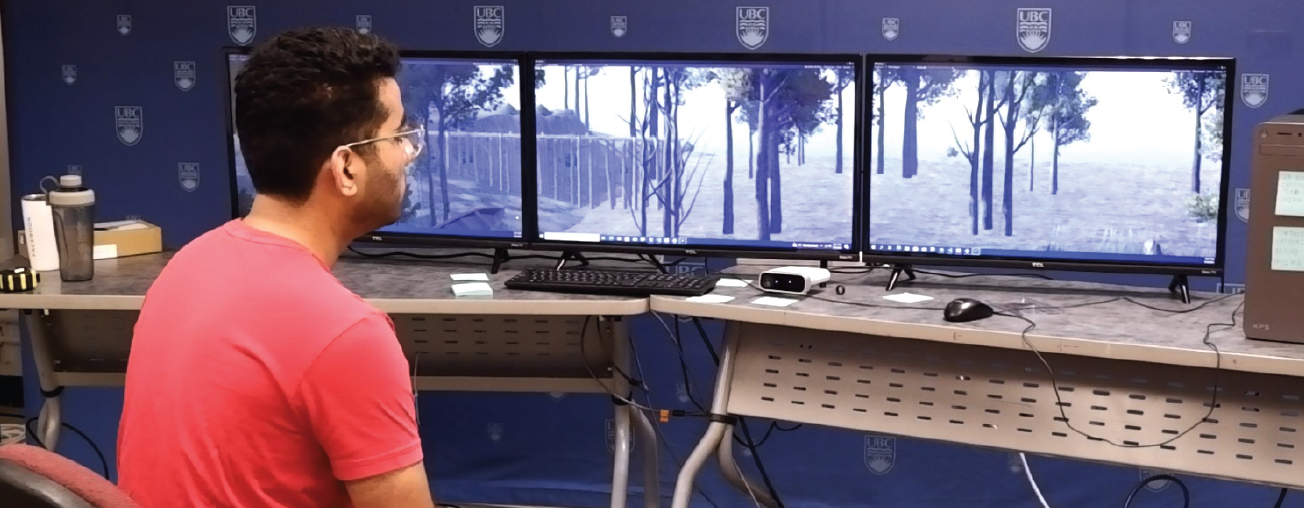
Background
Many universities have invested in large-scale “CAVE” hardware installations that place users in the centre of a cube of giant projection screens, simulating a virtual world around them. Traditional virtual reality (VR) headsets, however, can be uncomfortable or inacessible for some users, and setup can be difficult. Well, what if there was a way to produce a similarly immersive experience using inexpensive monitors or televisions that a university might have? Enter GRoTTO: Generated Reality on Transformable Tangible Objects.
Objective
The objective of this project was to implement a software suite that uses a Microsoft Azure Kinect to track a user’s movements and turn a Unity project into a virtual space. GRoTTO can be hosted by organizations to allow users a low-barrier way to develop and walk into their own VR apps.
Design
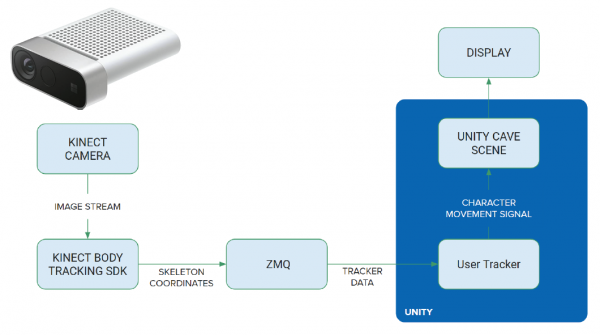
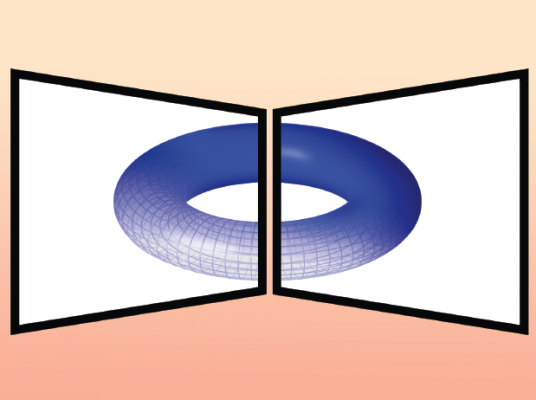 Example render of a torus viewed through two angled monitors
Example render of a torus viewed through two angled monitors
The Team
Faculty Advisor
- Dr. Sid Fels, Professor of Electrical and Computer Engineering
ECE Capstone Team
- Aviral Salhotra, Developer (September 2021 – April 2022)
- Elijah Hewer, Developer (September 2021 – April 2022)
- Kevin Wang, Developer (September 2021 – April 2022)
- Trevor MacKay, Developer (September 2021 – April 2022)
- Zishu Xia, Developer (September 2021 – April 2022)
Configurability
GRoTTO can be set up to use one to eight displays of the user’s choice in any position. This allows organizations to use whatever TVs or computer monitors they may have on hand.
Ease of Use
Configuration is done within the Unity editor.
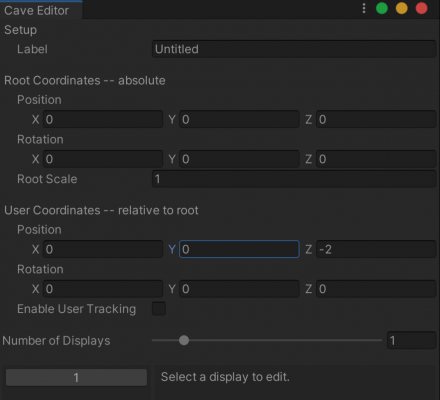 Interface to quickly edit monitor layout
Interface to quickly edit monitor layout
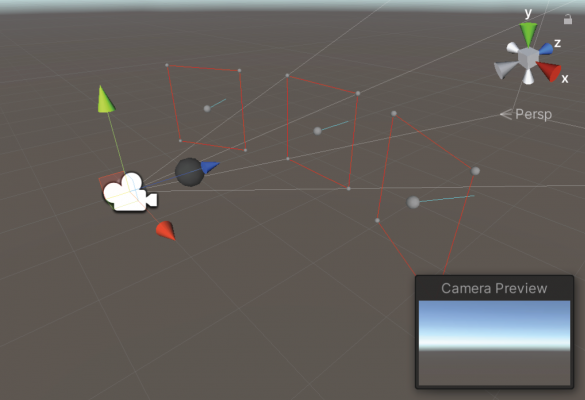 Visual representation of physical space in Unity
Visual representation of physical space in Unity
Testing & Calibration
Unity camera objects contain alignment structures which are used to correctly locate the virtual displays.
Example of correct alignment:
 User’s perspective
User’s perspective
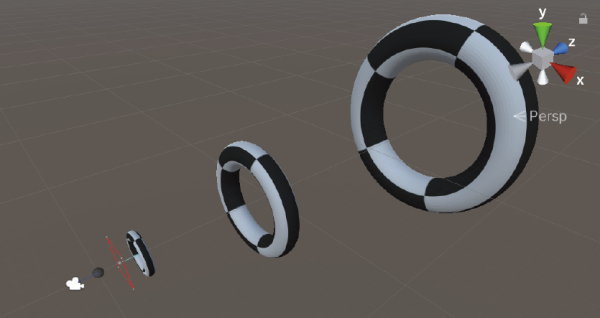 Toroids in the Unity environment
Toroids in the Unity environment
Integration
GRoTTO can be easily integrated into an existing Unity project to create an interactive virtual environment without a headset.
Future versions of GRoTTO could be ported to work with otther 3D engines and depth sensors.
